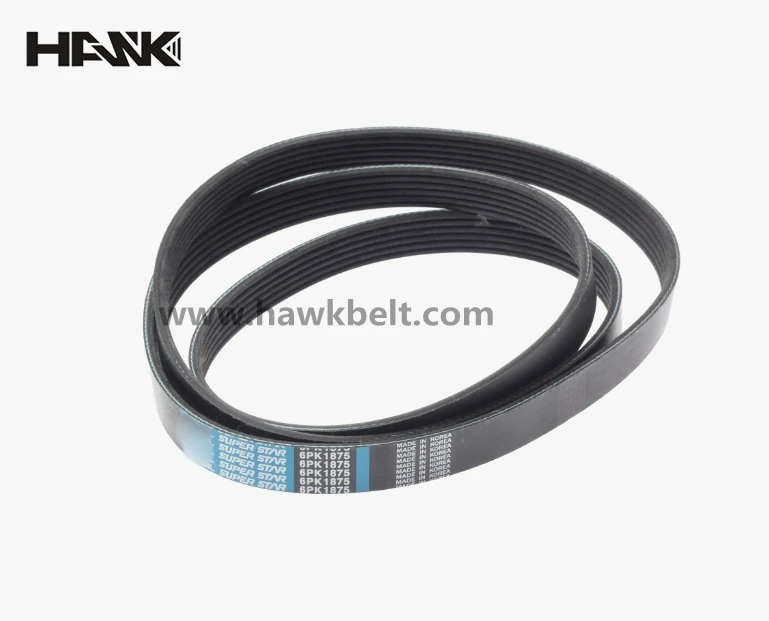- Arabic
- French
- Russian
- Spanish
- Portuguese
- Turkish
- Armenian
- English
- Albanian
- Amharic
- Azerbaijani
- Basque
- Belarusian
- Bengali
- Bosnian
- Bulgarian
- Catalan
- Cebuano
- Corsican
- Croatian
- Czech
- Danish
- Dutch
- Afrikaans
- Esperanto
- Estonian
- Finnish
- Frisian
- Galician
- Georgian
- German
- Greek
- Gujarati
- Haitian Creole
- hausa
- hawaiian
- Hebrew
- Hindi
- Miao
- Hungarian
- Icelandic
- igbo
- Indonesian
- irish
- Italian
- Japanese
- Javanese
- Kannada
- kazakh
- Khmer
- Rwandese
- Korean
- Kurdish
- Kyrgyz
- Lao
- Latin
- Latvian
- Lithuanian
- Luxembourgish
- Macedonian
- Malgashi
- Malay
- Malayalam
- Maltese
- Maori
- Marathi
- Mongolian
- Myanmar
- Nepali
- Norwegian
- Norwegian
- Occitan
- Pashto
- Persian
- Polish
- Punjabi
- Romanian
- Samoan
- Scottish Gaelic
- Serbian
- Sesotho
- Shona
- Sindhi
- Sinhala
- Slovak
- Slovenian
- Somali
- Sundanese
- Swahili
- Swedish
- Tagalog
- Tajik
- Tamil
- Tatar
- Telugu
- Thai
- Turkmen
- Ukrainian
- Urdu
- Uighur
- Uzbek
- Vietnamese
- Welsh
- Bantu
- Yiddish
- Yoruba
- Zulu
Nov . 08, 2024 05:29 Back to list
Understanding Automotive Drive Belts and Their Importance in Vehicle Performance
Understanding Automotive Drive Belts The Lifeline of Your Vehicle
Automotive drive belts are often an underappreciated component of vehicle mechanics, yet they play a crucial role in ensuring the smooth operation of your car's engine and various accessories. These belts transmit power from the engine to multiple components, such as the alternator, water pump, air conditioning compressor, and power steering pump, making them essential for the overall functionality of the vehicle.
There are primarily two types of drive belts used in most vehicles today the serpentine belt and the V-belt (also known as the fan belt). Understanding the differences between these belts, their functions, and maintenance needs can greatly influence your vehicle's performance and longevity.
Understanding Automotive Drive Belts The Lifeline of Your Vehicle
V-Belts, on the other hand, are typically used in older vehicles and are characterized by their wedge-shaped cross-section. They are designed to fit into the grooves of pulleys, providing a firm grip and a friction-driven power transfer. However, vehicles that utilize V-belts may require more than one belt to drive different accessories, which can lead to increased weight and management complexity.
automotive drive belts

The longevity of either type of drive belt can be influenced by several factors, including the environmental conditions to which a vehicle is exposed, driving habits, and the overall maintenance regimen. Over time, drive belts can wear down due to friction and heat, leading to cracks, fraying, or complete breakage. A broken drive belt can lead to significant engine damage and the failure of critical components, resulting in extensive repair costs.
Routine maintenance checks are essential for ensuring the integrity of drive belts. Vehicle owners should perform visual inspections at regular intervals, looking for signs of wear such as cracks, discoloration, or missing sections of the belt. Many manufacturers recommend replacing serpentine belts every 60,000 to 100,000 miles, while V-belts may require replacement more frequently due to their shorter lifespan.
In addition to visual inspections, it's also wise to listen for any unusual noises while the engine is running. A squealing sound can indicate that a belt is worn or misaligned, while a knocking noise might suggest that a belt is loose or has skipped a pulley. Addressing these issues promptly can prevent further damage and costly repairs down the line.
In conclusion, automotive drive belts are vital components that should not be overlooked. Understanding the various types of belts, their functions, and maintenance needs can help ensure your vehicle operates smoothly and efficiently. Regular inspections and timely replacements can not only prolong the lifespan of your vehicle but also enhance safety and performance. Remember, a little proactive care goes a long way in keeping your engine running like new!
-
Upgrade Power Steering Pump Belt for Smooth, Quiet Operation
NewsAug.27,2025
-
Precision Timing Belt & Chain: Engine Performance & Durability
NewsAug.26,2025
-
Precision Lathe Drive Belts: Durable & Reliable Performance
NewsAug.25,2025
-
84.5 Serpentine Belt: Durable & Precision Fit for Your Engine
NewsAug.24,2025
-
Premium Ribbed Drive Belts for Quiet Power Transmission
NewsAug.23,2025
-
High-Performance Vehicle Timing Belt for Engine Precision
NewsAug.22,2025

